As the chill of winter melts away, spring brings with it a sense of rejuvenation and new beginnings. In ancient China, this feeling was often celebrated through the tradition of spring excursions.
For many, the new season signaled a time for renewal, rejuvenation, and adventure. While modern-day excursions may look vastly different, there are still traces of ancient springtime traditions that can be observed throughout China. From blossoming gardens to vibrant festivals, join us on a journey through the rich cultural history of spring in ancient China.
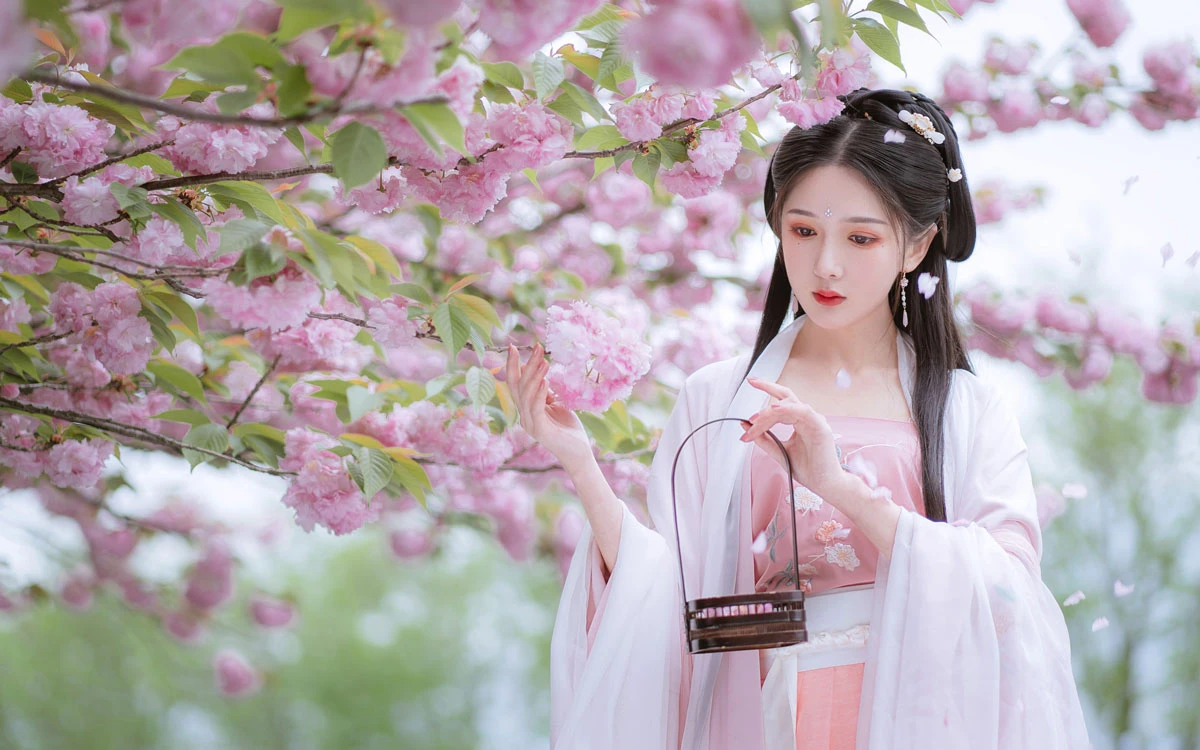
Spring excursion in the pre-Qin period was romantic and charming. There are many love poems in the "Classic of Poetry", all of which took place during spring excursions.
《郑风·出其东门》:出其东门,有女如云。It means that the people of Zheng like to spring excursions, and when they leave the east gate of the city, they can see many girls on their spring trips, which is a good opportunity for the men of Zheng to meet love.
《郑风·溱洧》:士与女, 殷其盈矣。It means that at the River Zhen and the River Wei, the men and women of Zheng were seen everywhere on their spring excursions. Many men and women fell in love with each other during the spring excursions and became engaged for life.
Romantic elements of love gradually become a feature of this period of spring travel. In order to facilitate people to find a match, then even set up a spring matchmaking festival: "Double Third Festival (上巳节 Shang Si Festival)", which is known as the ancient "Chinese Valentine's Day".
To the Wei and Jin dynasties, the third day of the third month of the lunar calendar was clearly fixed for the Double Third Festival. But the Wei and Jin people are not like the ancient Qin people that obsessed with romance, but the pursuit of "Xuan You". The literati regarded the excursion as a way to cultivate sentiment. They sentiment between the landscape, back to nature, in the mountains and rivers, sipping tea, drinking wine, and writing poetry.
Wang Xizhi is a lover of spring excursions. On the day of the Shangsi Festival in the Jin dynasty Yonghe period, Wang Xizhi and his friends Xie An, Sun Chuo, and other forty-one people traveled to Mount Kuaiji, and wrote a travelogue, the famous semi-cursive script calligraphy work "Lantingji Xu".
Bamboo Forest Seven Sages: Ji Kang (嵇康), Liu Ling (刘伶), Ruan Ji (阮籍), Ruan Xian (阮咸), Xiang Xiu (向秀), Wang Rong (王戎) and Shan Tao (山涛), are also lovers of spring excursions, like to drink and chat under the bamboo forest.
Xie Lingyun, who is known as the first Chinese landscape poet, was a travel expert. Xie not only likes to write travelogues, but also has a good knowledge of travel equipment. According to "Xie Lingyun's Biography", when Xie Lingyun was on a trip, he would wear a kind of special wooden clog, was called Xie Gong Clogs by the people of the time.
By the Tang dynasty, the spring tour has really become a national activity, mainly during the Shangsi Festival, Cold Food Festival, and Qingming Festival. These festivals were public holidays in the Tang Dynasty. Each of these festivals, the Tang emperor also issued travel funds to the officials, so that they go on a spring tour.
The spring excursions in Tang Dynasty were characterized by delicious food. The Qujiang banquet, for example, is a famous banquet in Chinese culinary history. It is a celebration banquet after the announcement of the results of the imperial examinations in the Tang Dynasty, coinciding with the Shangsi Festival, so the emperor will also attend. Therefore, during the banquet, the emperor, princes and ministers, and the banqueters could enjoy the spring scenery by the Qu River while tasting the delicious food.
Horseback riding excursions were also very popular in the Tang Dynasty. And not only men, but also women participated in horseback riding excursions at that time. Zhang Xuan's "Lady Guoguo's Spring Outing" recorded the scene of Yang Guifei's third sister, Lady Guoguo, and her family members on a horseback spring tour.
After the Song Dynasty, the Shangsi Festival was gradually forgotten, most of the spring activities are concentrated on the Qingming Festival, and people can be sacrificed while the spring tour.
The "Returning Late from a Spring Outing" recorded a scene of an old man riding a horse back to his mansion. The old man is surrounded by ten attendants in front of and behind him, either carrying chairs, or carrying burdens, or leading horses.
In the Song dynasty, spring excursions also began to become more diversified, in addition to enjoying flowers, drinking, and writing poetry, but also to carry out some sports, such as Cuju.
By the Ming and Qing dynasties, the Shangsi Festival completely declined, and its excursions were blended into the Qingming Festival. During the Ming and Qing dynasties, the recreational activities for spring excursions have been very rich, such as shooting willow.
According to the records, the pigeons are placed in the gourd and then the gourd is hung high on the willow tree, which needs to be shot in the gourd first, and after the pigeons fly out, the height of the flying pigeons is used to determine the winner.
Kite flying was also a popular custom at that time. People believed that flying kites could eliminate disasters and drive away bad luck. They would write the calamities and diseases on the kite and then cut the string when the kite was in the air, hoping that it would bring good luck.
Matchmaking, drinking, eating, enjoying flowers, playing Cuju, shooting willow, flying kites. Did the ancient people's spring excursions give you some inspiration for your next spring outing?
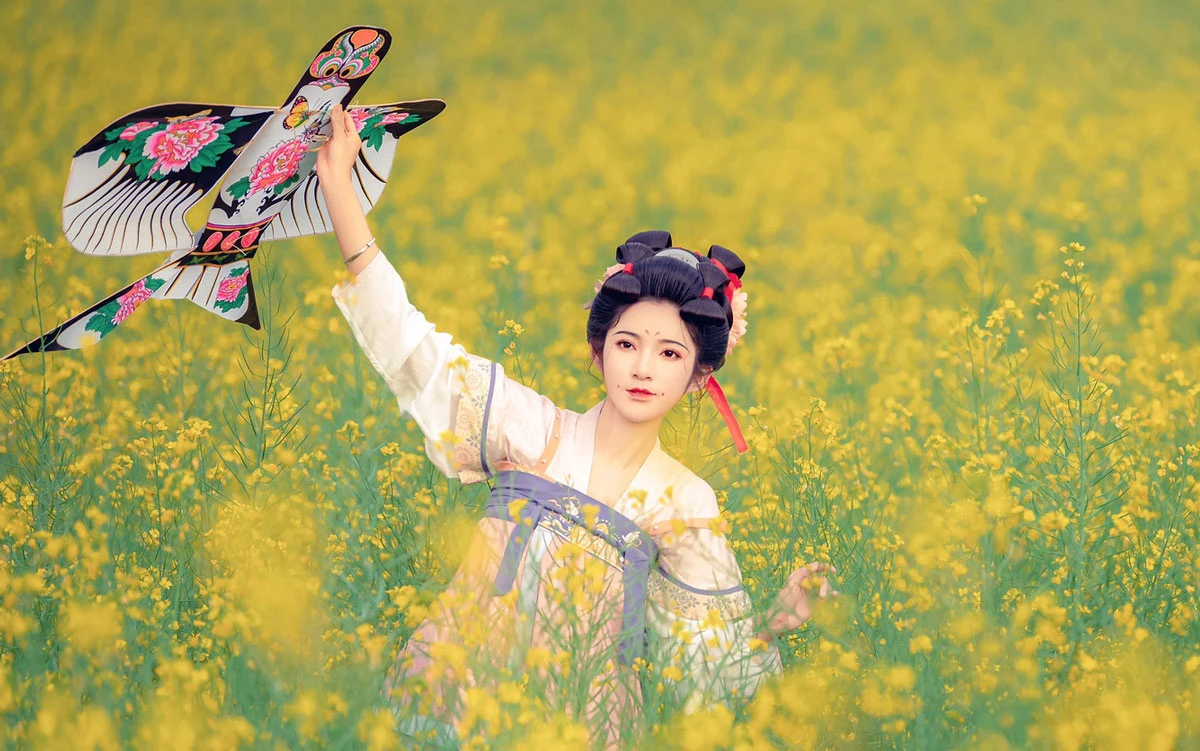
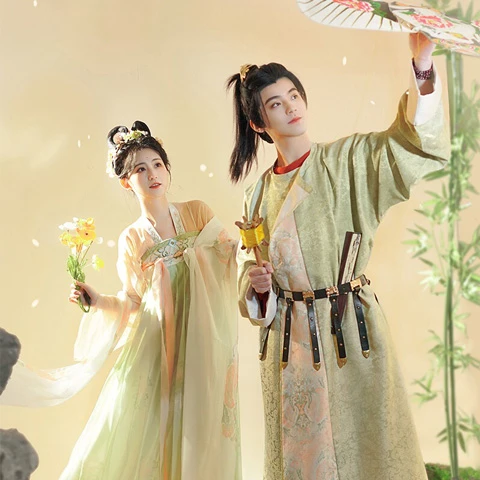
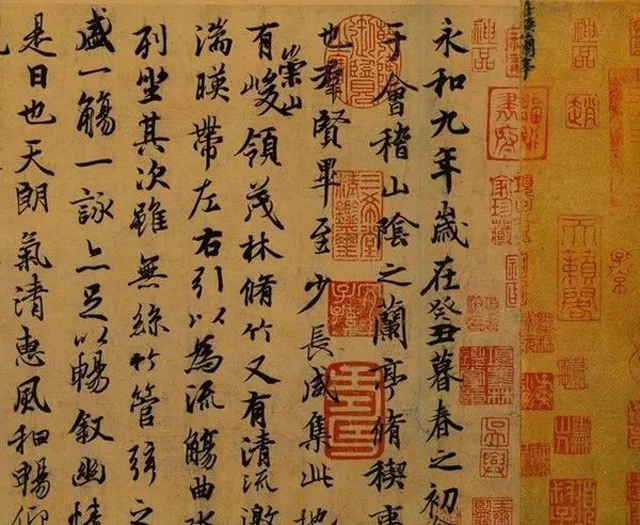
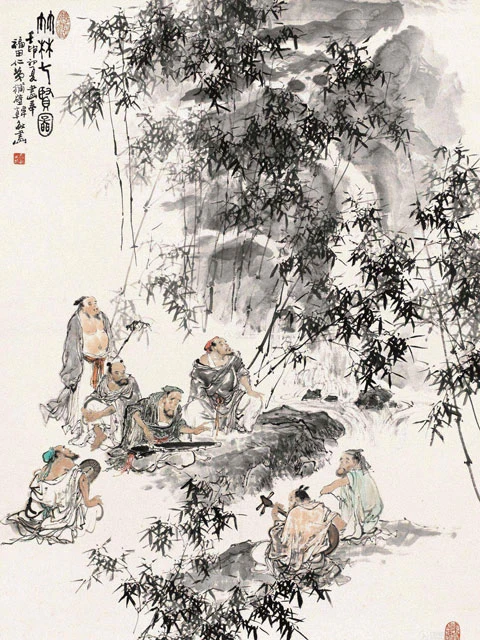
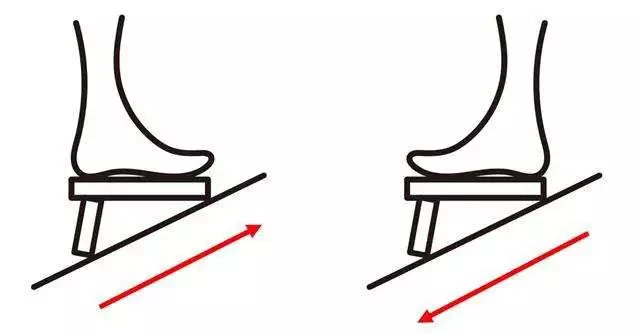
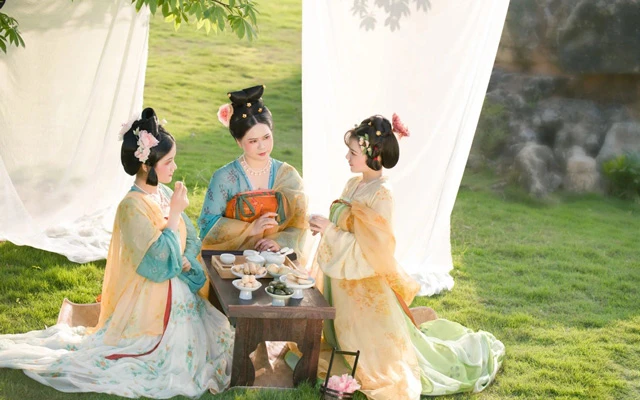
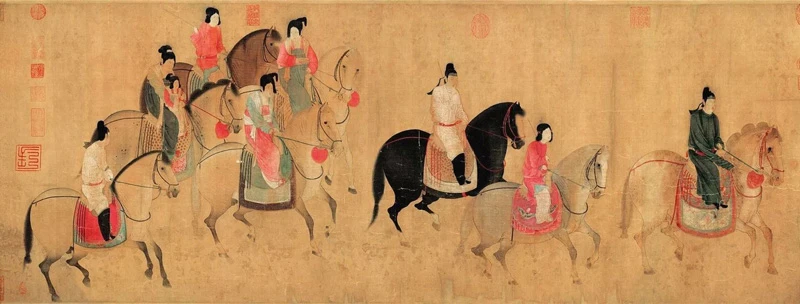
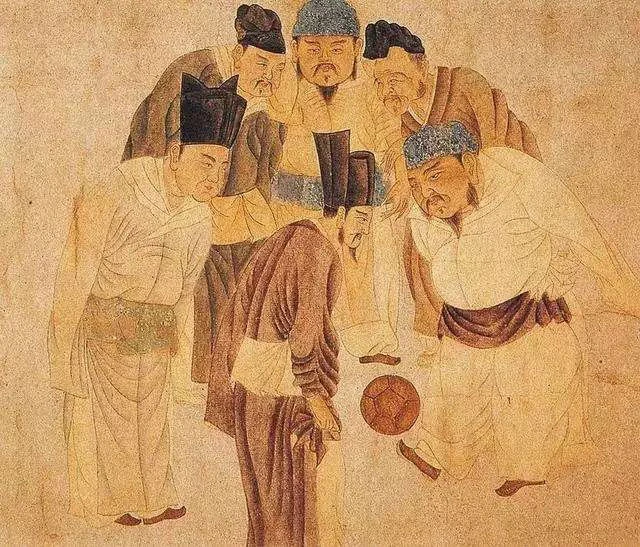
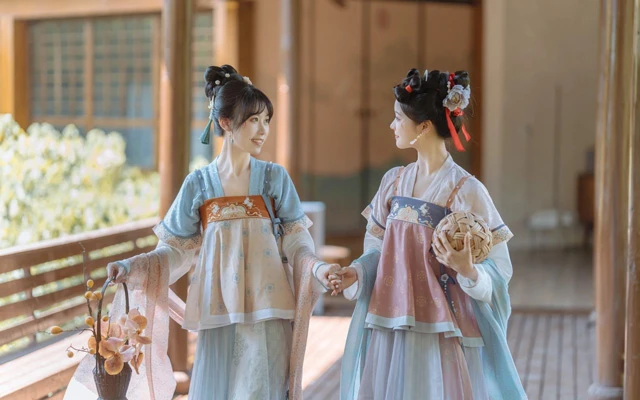
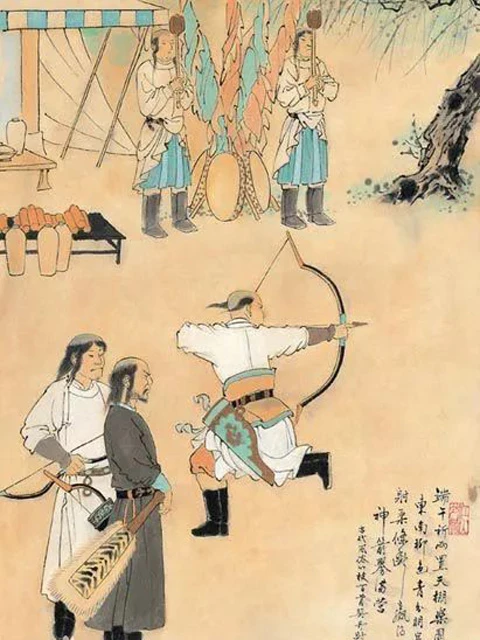
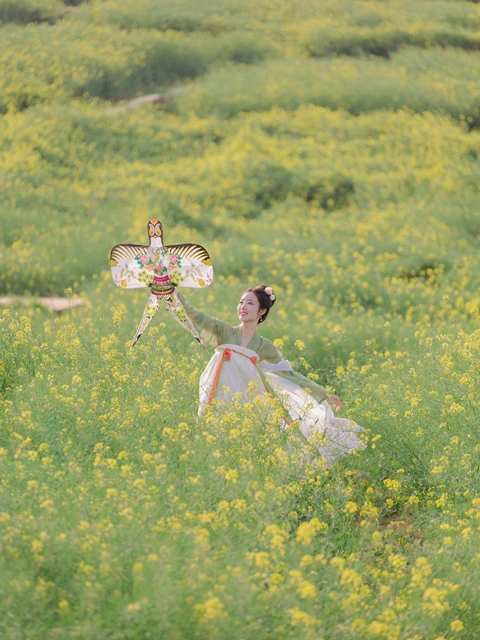


It's interesting to see how the Chinese used to celebrate the coming of spring. Vibrant flowers and festivities are very beautiful. 😊